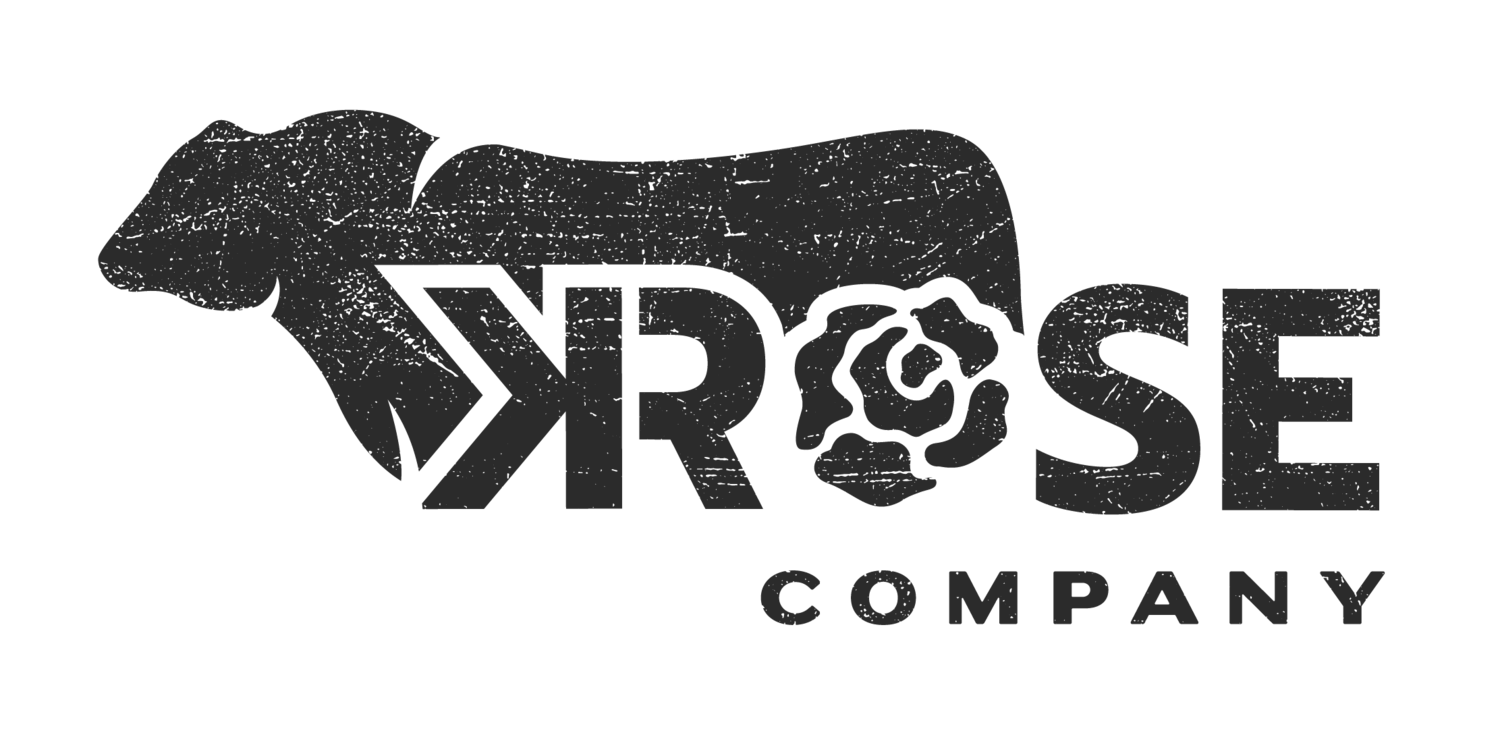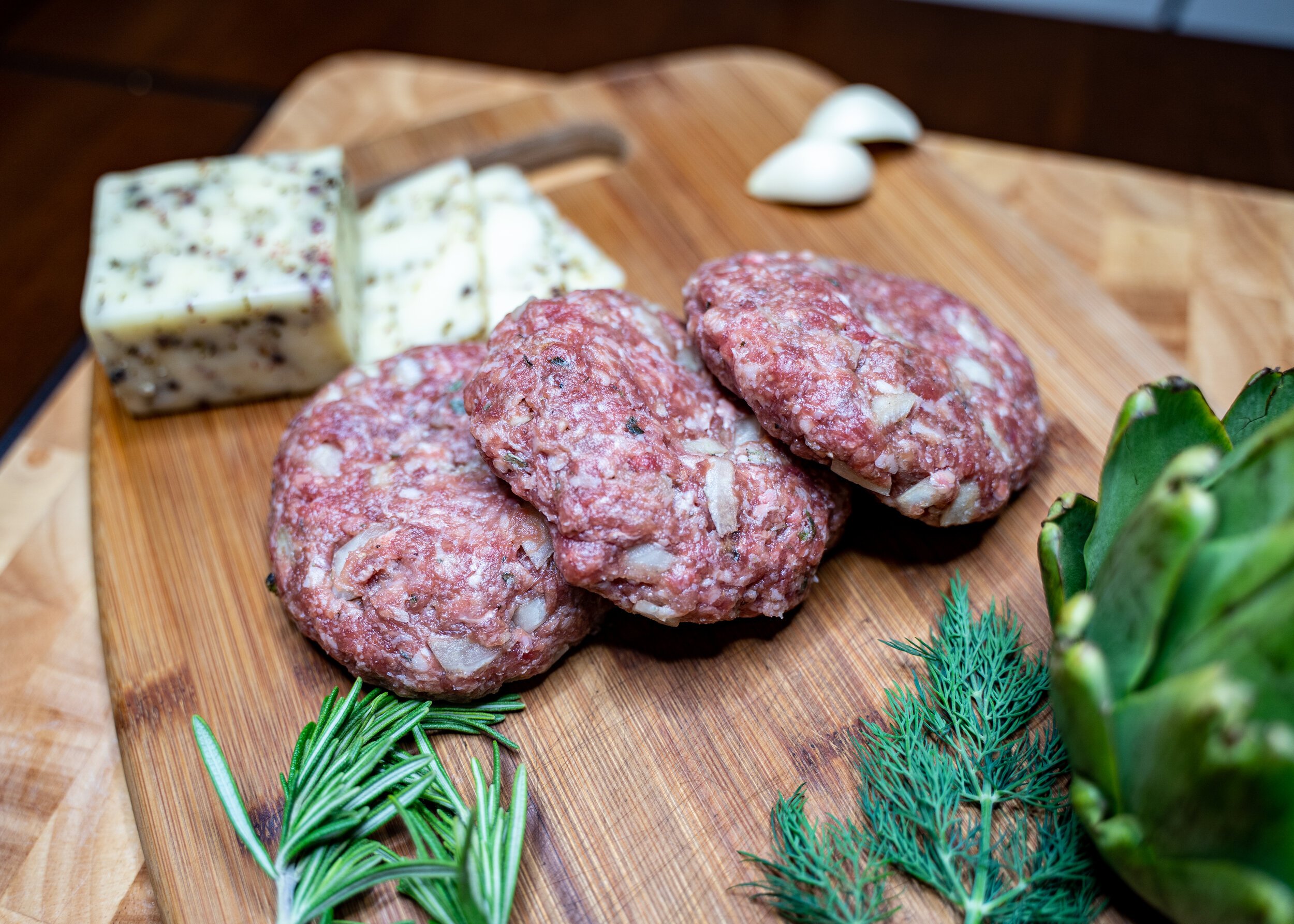The Steaks are High: COVID-19’s Impact on Direct-to-Consumer Marketing
In March 2020, our world changed drastically. As COVID-19 hit the United States, many industries felt the ripple effects of the global pandemic. The beef industry experienced harsh impacts from worker shortages, plant closures, and supply chain issues. Many plants were forced to shut down or constrict operations due to COVID outbreaks, causing inspected steer and heifer volumes to plummet 41% in May 2020. This steep decline in harvest led to plummeting livestock prices for producers and skyrocketing retail prices for consumers. In June 2020 retail beef prices were 25.1% higher than prices in June 2019, and prices have continued to rise in 2021. In 2020 retail ground beef prices rose to an average of $4.12, a 31 cent increase from the 2019 average, and prices currently average $4.18 in 2021.
Although the rise in price this year isn’t exclusively due to COVID-19, it’s safe to say the pandemic has had lasting impacts on the beef industry and exposed weaknesses in the meat supply chain. COVID-19’s strain on the beef industry encouraged some beef producers to try marketing their products directly to consumers. For many consumers, the idea of buying beef products directly from farmers and ranchers became more appealing as beef availability on grocery store shelves became scarce.
Shifting Consumer Trends in Beef Market
Changing consumer preference and increased attention to meat production practices have led to shifts in how beef products sell and increased popularity in niche markets among consumers. We are all familiar with labeling buzzwords now seen on meat product packaging: antibiotic free, hormone free, organic, grass-fed. One niche sector of the beef industry that has seen continuous growth in recent years is the demand for locally grown products.
COVID-19 created a more pronounced shift in consumer trends, and high retail prices and low product availability at traditional grocery stores paired with low live cattle prices connected producers and consumers in a new way. The economic impact of the supply chain bottleneck inspired cattle growers to consider marketing methods outside of traditional retailers and some have even created online marketplaces where consumers can seek out producers who sell meat products directly. Direct sales channels to consumers include farmers markets, onsite farm stores, roadside stands, community-supported agriculture (CSA) arrangements, online sales, pick-your-own operations, mobile markets, and other direct methods of sale.
So what have producers who market directly to consumers seen since the shift at the start of COVID-19 pandemic? Consumer interest in local beef has skyrocketed, consumers are more aware of where their food comes from, and a focus on educating consumers on public platforms helps connect farm to table.
Consumer interest in local beef has increased
Producers have seen a dramatic increase in interest from consumers in buying beef from a local rancher, so much so that many producers couldn’t keep up with the spike in demand. The beef shortages at the beginning of the pandemic drove customers to other sources besides grocery store shelves. Many rural consumers turned to local ranchers for beef products in the height of the pandemic to support ranchers in the community and receive a quality product while doing so. Urban consumers turned to the internet when grocery store shelves were bare and prices soared, and looked for ways to cut out the middlemen and get their beef products directly from the source. Even as the supply chain has bounced back, many producers have noticed new customers from the COVID-19 surge have stuck around as repeat customers.
Consumers are more aware of where their food comes from
As this influx of new customers descended on producers selling direct-to-consumers, ranchers noticed consumers are more aware of where their food is coming from or wanting to learn the ‘story behind the beef’. Buying farm-to-table allows consumers to know exactly what they’re eating. New consumers came to ranchers with a desire to learn about where and how their beef products are grown and raised. Social media and word of mouth were the primary means of connection for new customers looking to buy directly from producers. Social media presence allowed producers to develop connections with new consumers and answer questions about the process of buying homegrown beef products quickly and easily.
Focus on educating consumers on public platforms helps connect farm to table
As consumers have shifted their focus from the grocery store to the farm, producers have a more attentive audience than ever before. Producers who are actively engaged in their social media can use different platforms to educate consumers on the day-to-day activity on the operations using interactive tools such as Facebook or Instagram lives or polls on stories. These interactions through social media allow a two-way dialogue between the farm and the table, which helps foster more meaningful connections between producers and consumers. Many producers found consumers were interested in learning more than just how their beef was produced and also focused on sharing family recipes, how to cook different beef cuts found in bulk beef orders, and the process of buying beef in bulk.
COVID-19 introduced a whole new consumer base to the concept of buying beef products directly from producers. The effects of this pandemic have been a good reminder that the meat supply chain is fragile, and although the convenience of buying meat from the grocery store shelf will never go away, there is strong consumer interest in buying beef straight from the source. After seeing sky-high prices and empty store shelves, many consumers are interested in learning more about where their beef comes from. Educating customers and starting conversations, whether it be at a farmers market or through social media, helps develop a sense of trust in you as the producer, and the product you’re selling.
Now that more consumers are actively seeking out beef products directly from producers, the ball is in the court of farmers and ranchers to be open and transparent, fostering relationships that turn into repeat customers. Although creating these relationships through word-of-mouth is still a tried and true method of connecting with customers, the shift COVID-19 created has made a presence on social media and online communications so much more important in reaching these new customers.
Use interactive online tools to see what questions your audience has, how you can best serve them, and get to know their needs and concerns so you can address them directly. Starting these dialogues with consumers will establish a loyal customer base that keeps coming back for more. Although demand will not always be as high as it was at the height of the COVID-19 pandemic, increased popularity in direct-to-consumer is here to stay.
This blog references thesis research authored by Linnea Langusch at Oklahoma State University. Click here to read the full publication.
Do you like to learn about things like this?
Then Cattleman U is for you.
We’d love to have you as a member.
Linnea Langusch graduated with her B.S. in animal science from University of Wisconsin-Madison and her M.S. in agricultural communications from Oklahoma State University. She worked extensively in the meat industry in her undergraduate career and has been involved in various research projects throughout her academic career. Linnea developed a passion for sharing research with the public, which inspired her to pursue her masters in agricultural communications. In an effort to merge her experience in the beef industry and her passion for communications, Linnea's thesis research explored COVID-19's impact on direct-to-consumer marketing in the beef industry from the perspective of beef producers in Oklahoma. Linnea is currently a faculty member of Oklahoma State University where she teaches and continues to find opportunities to stay involved in research.







